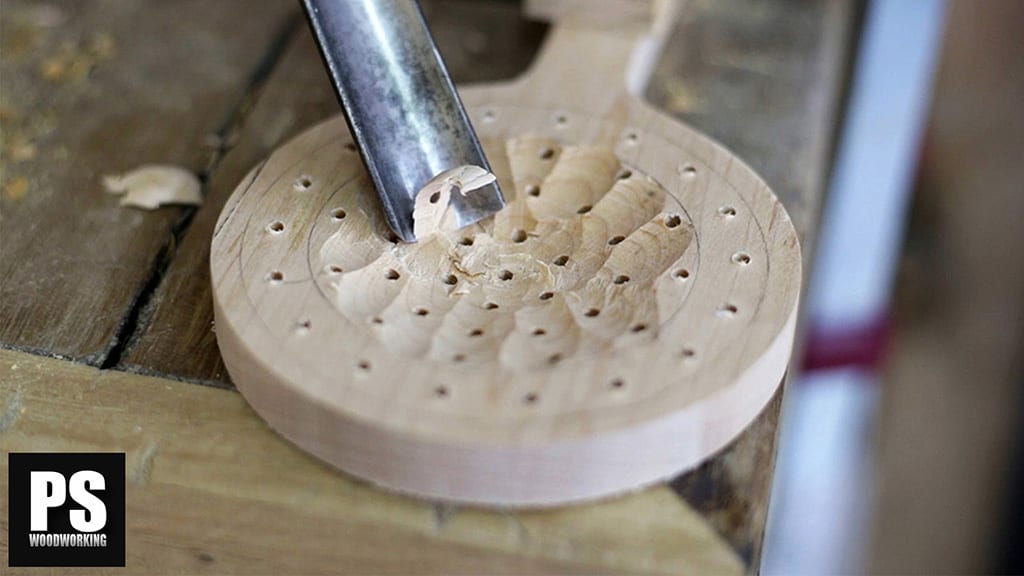

How to get started in carpentry?
Do you want to get started in the exciting world of carpentry and DIY? You might be asking yourself, what is a good first woodworking project?
Starting from scratch in any area is a tough task — too much information and places where to find that information. But that alone doesn’t get you very far if you don’t have a plan, or if the information is scattershot or confusing or poorly explained.
After many years working in and teaching the carpenter trade, I’ve learnt some of the common mistakes we all make when we start looking for information on tools, beginner woodworking projects or work processes.
In this article, you will find a selection of 10 wood projects for beginners, made specifically for you, to make your life easier and get you started in this trade by making your own homemade furnishings and tools.
Besides, almost all of these projects will serve to start equipping your own little carpentry workshop. And more importantly, you can download the plans for all these beginner woodworking projects for free on this website.
Under each photo you’ll find a link to the blog post for the project where you can find more details as well as free plans for it.
1. Drill Press Stand Table


This is one of my favorite projects, and it’s also an indispensable tool in any workshop. On the market, you’ll find countless drill press stands, but none of them have good work tables where you can place the workpieces that you’re about to process or drill in a convenient and stable way.
This drill press stand table is adaptable to any of those kinds of stands. Besides, the free plans include a fence of adjustable depth to support your workpieces and for making repetitive drilling jobs.
I made the table with HPL board, but of course, it could also be built with other materials such as hard plywood. The table will also allow you to use the drill for other tasks such as thickness sanding wood using sanding drums.
2. Plywood Mallet


Another indispensable tool for our workshop. In this case, it’s a very simple, easy-to-build design, with a very low cost. You’ll only need a few pieces of hard plywood and wood glue.
The free plans of the DIY plywood mallet include printable templates that you can stick on the board to guide your cuts. If you don’t have a band saw, you can make the cuts with a jig saw. Also, you’ll need a belt sander or some sanding drums to sand down the edges.
3. Coping Saw


This carpentry project is highly advisable for beginners. It’s not too complicated and it will allow you to get acquainted with a number of tools and work processes.
Besides, it’s one of those projects that will get you hooked — you’ll be amazed when you see you’ve built a fully functional saw in such a short time with wood.
The blade grip system is very ingenious and easy to make, and it will let you swap blades pretty much effortlessly. The free coping saw plans also include templates for cutting.
4. Push Stick


Every woodworking or DIY workshop must have a table saw, and if you have one, you also need a push stick for safety. In just a couple of hours you’ll be able to build this tool which will give you a great deal of security and comfort.
The free push stick plans also include printable templates that you can stick on the board to mark the cuts. You’ll find more advice and safety tools in this section of the website.
5. Height gauge


If you really want to get into carpentry and DIY with a simple, but at the same time useful, project, this should be your first choice.
It’s a jig made with birch plywood, fitted with a magnet, which will let you use your digital height gauge to accurately measure your saw blades, your router bits and the depth of any groove or recess.
This is one of those homemade tools or jigs that offer way more than it seems at first glance, for how easy they are to make. I still use it in almost all of my projects. The free homemade height gauge plans include templates to mark the cuts and holes.
6. Kitchen Utensils


Another simple yet useful project to practice; especially to get acquainted with hand tools like chisels, rasps and limes. You can use almost any kind of wood, from hard maplewood to olive wood. I assure you, you’ll thoroughly enjoy making your favorite dishes with utensils you built yourself.
The free kitchen utensil plans include a spoon, a spatula and a skimmer. In the article you’ll find a link to another article where I explain how to prepare homemade linseed oil varnish, which is perfect for these utensils.
7. Omelette Flipper 2.0


In line with the previous project, I’d like to show you another versatile utensil to make omelettes and other similar dishes that need to be flipped when cooking them. Logically, you’ll need a woodturning lathe. You’ll find plans to make your own homemade lathe on the site.
If you’re interested in the world of woodturning, this is a good project to start with! It’s an innovative design, with a finger groove handle carved into the flipper itself, preventing it from wobbling when placed on a table. Here you’ll find the omelette flipper plans.
8. Marking Gauge & Beam Compass
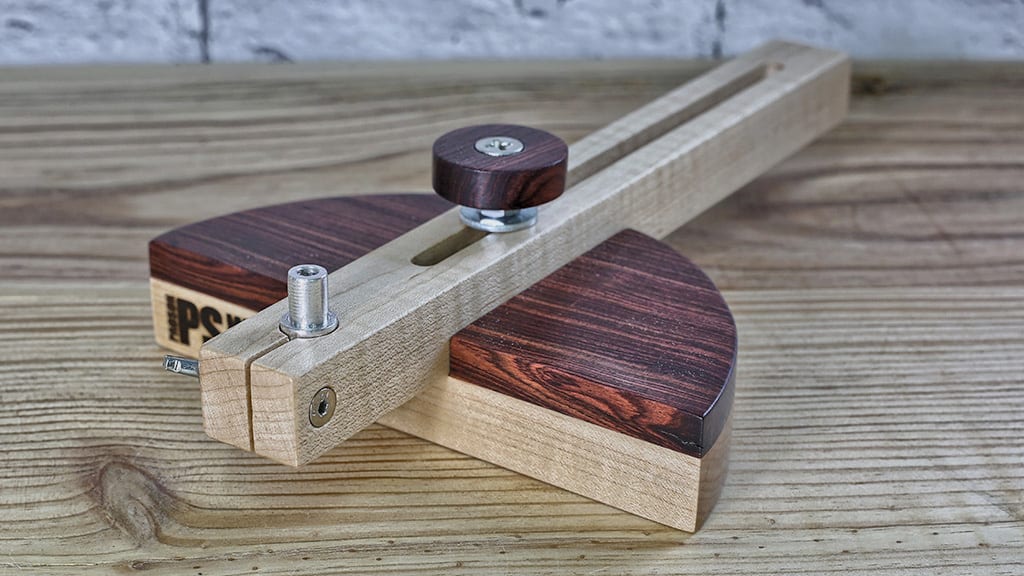

It’s an innovative design, merging two of the most indispensable tools in the workshop into one, and it’s also very compact. The marking gauge lets you make parallel lines on pieces of wood in order to make mortise and tenon joints, for example.
The beam compass will allow you to make circles on wood, and even cut them on paper. As marker, I’ve used an old plotter blade holder, but any other type of blade will do; even a very sharp iron nail. Instead of solid wood, you can also make it with plywood scraps.
To make this marking gauge and beam compass you’ll only need a saw, a router and a few hand tools. This is another homemade tool that offers so much more than what it costs to make and that you’ll keep using in many of your new DIY projects!
The free marking gauge and beam compass plans include printable templates to mark the cuts on the wood.
9. Mini Axe
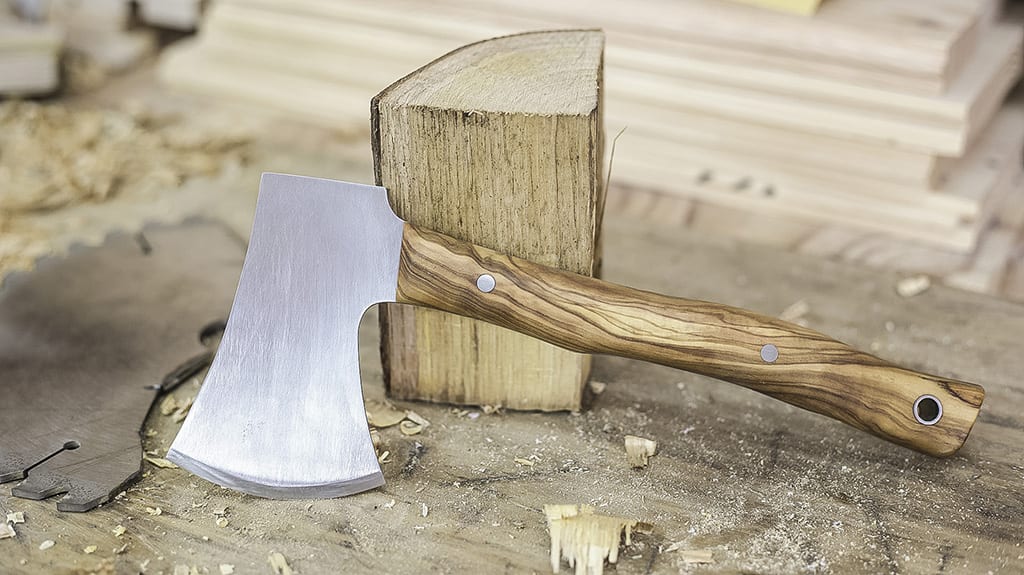

While it may look like a toy, this small axe will come in handy both in our workshop and in the kitchen. These past few years I’ve made many axes like this one. I use some in my workshop to carve or sharpen small pieces of wood, and I use others in the kitchen to cut tough foods on a kitchen board.
This is an ideal project to start making your own cutting tools or to reuse those old saw blades you may have lying around at home. You’ll only need an angle grinder, adrill and a few hand tools. The free mini axe plans include printable templates to mark the cuts on your old saw blade and the wood.
10. Lathe Chuck and Faceplate


If you already have a lathe at home, this will be a perfect project to get started in the art of woodturning. Not only is it perfect for practising, it will also be an indispensable tool to turn dishes and bowls with your lathe. I made it with some leftover plywood and screws.
The free plans include detailed instructions to make a chuck and faceplate for use with a woodturning lathe.
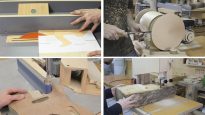
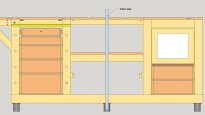
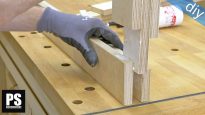

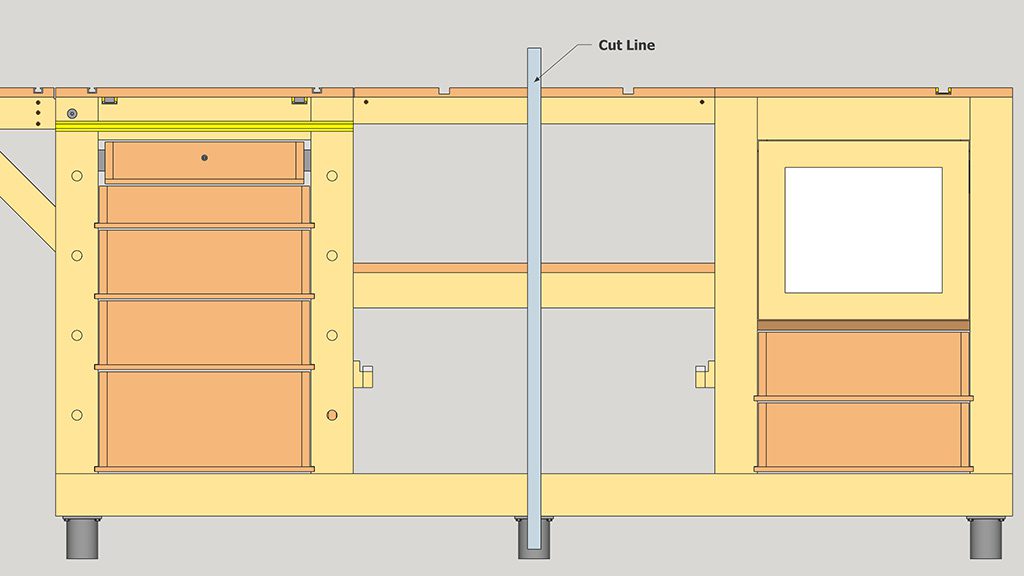


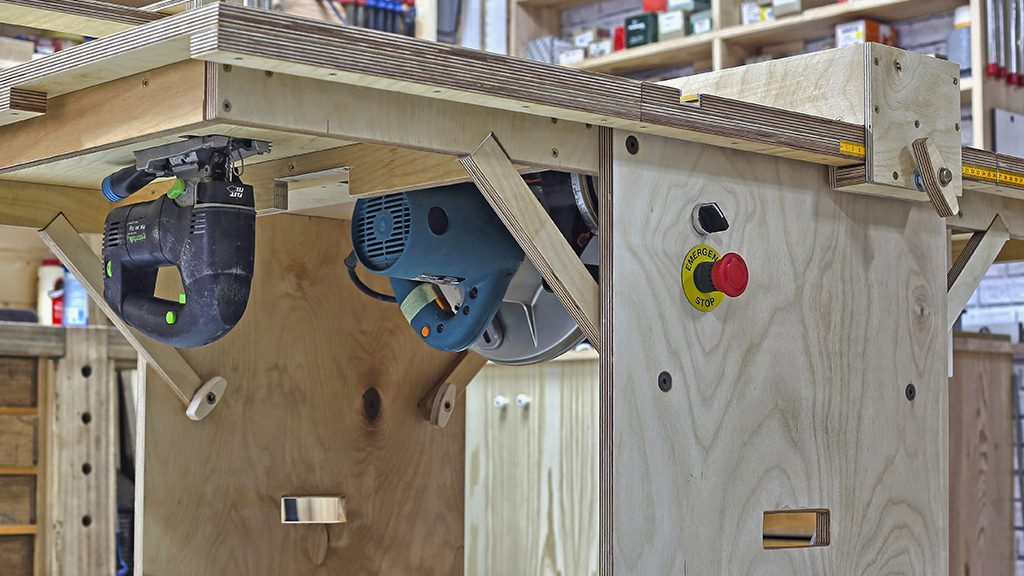
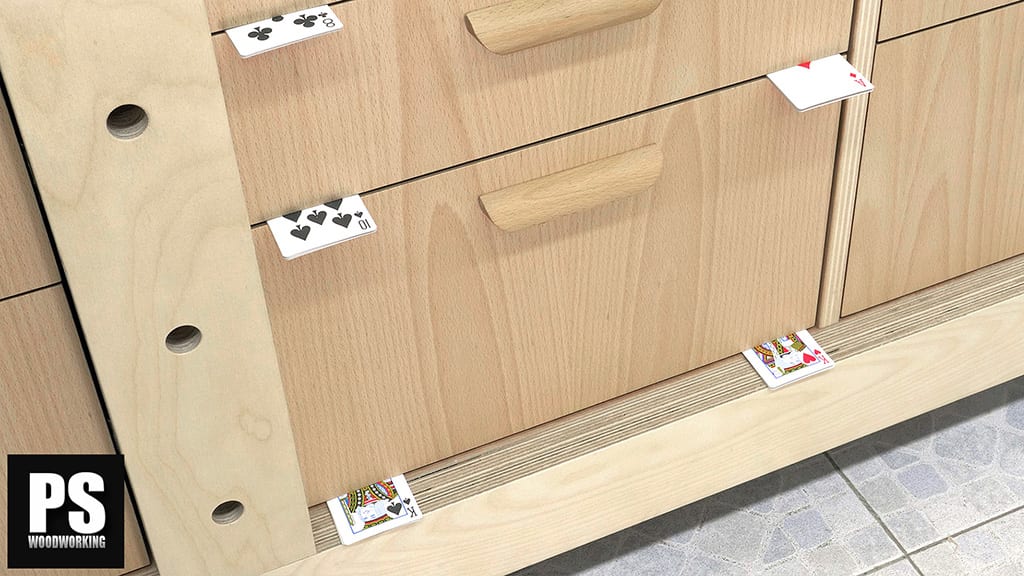
thank you for sharing your work!
you’re welcome Mike!
It’s fantastic that you share your ideas and methods
thanks mate!